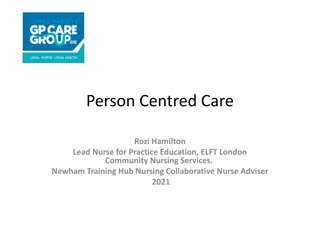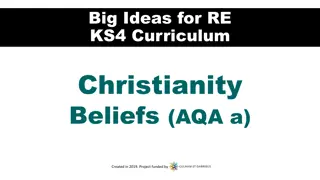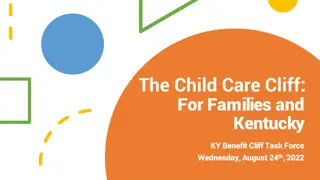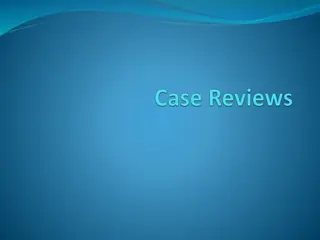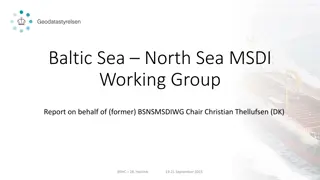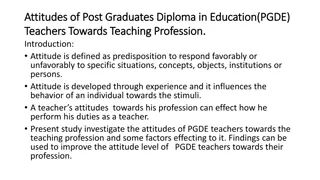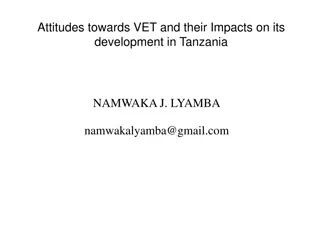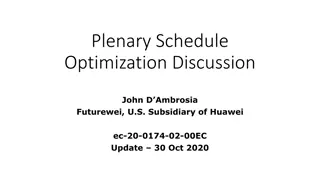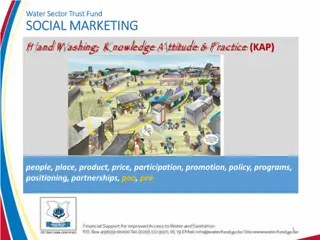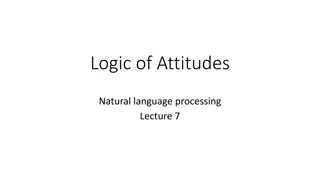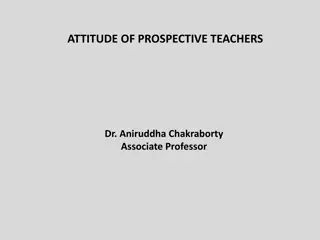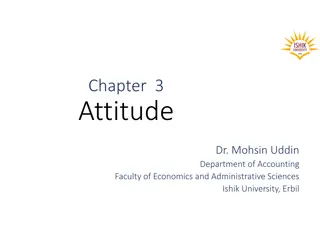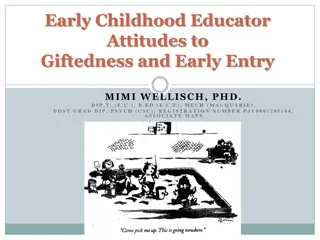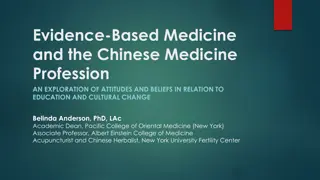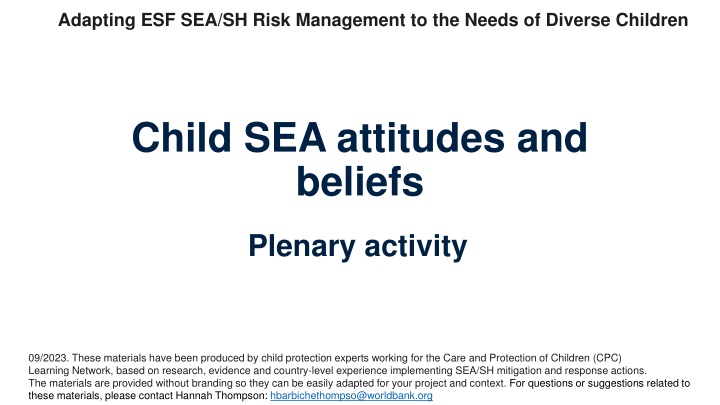
Managing Risk in Child Sexual Abuse: Attitudes and Beliefs Discussion
Dive into the complexities of child sexual abuse attitudes and beliefs through a plenary activity focusing on diverse children's needs. Explore the impact of societal norms, consent, and human rights in mitigating and responding to such issues. Join the conversation on challenging misconceptions and advocating for child protection.
Download Presentation

Please find below an Image/Link to download the presentation.
The content on the website is provided AS IS for your information and personal use only. It may not be sold, licensed, or shared on other websites without obtaining consent from the author. If you encounter any issues during the download, it is possible that the publisher has removed the file from their server.
You are allowed to download the files provided on this website for personal or commercial use, subject to the condition that they are used lawfully. All files are the property of their respective owners.
The content on the website is provided AS IS for your information and personal use only. It may not be sold, licensed, or shared on other websites without obtaining consent from the author.
E N D
Presentation Transcript
Adapting ESF SEA/SH Risk Management to the Needs of Diverse Children Child SEA attitudes and beliefs Plenary activity 09/2023. These materials have been produced by child protection experts working for the Care and Protection of Children (CPC) Learning Network, based on research, evidence and country-level experience implementing SEA/SH mitigation and response actions. The materials are provided without branding so they can be easily adapted for your project and context. For questions or suggestions related to these materials, please contact Hannah Thompson: hbarbichethompso@worldbank.org
Definitions Belief: Idea accepted as true. May or may not be supported by facts. Beliefs may be based on or influenced by religion, education, culture or personal experience Attitude: Opinion, feeling or position about people, events, and/or things. Formed as result of beliefs. Attitudes influence behavior
A 30 year old man has the right to demand sex from his 16 year old wife even if she says she does not want to, given she agreed to marry him AGREE UNSURE DISAGREE
DISAGREE: Even within marriage sexual abuse is possible 1.5 million children each year marry by the age of 15 Some forms of child sexual abuse are socially promoted, such as early marriage Child may have agreed due to norms, pressure, & push factors, this is not informed consent Child marriage is a violation of human rights
Incidence rates of child sexual abuse are shockingly high across all cultures, societies and settings AGREE UNSURE DISAGREE
AGREE: Child Sexual Abuse is common across communities & cultures Globally 1 in 6 girls reports sexual abuse before the age of 18 Globally 1 in 10 boys reports sexual abuse before the age of 18 In 2010, 45% of GBV incidents reported to IRC were perpetrated against children. 38% of these cases were sexual violence.
Children make up stories or lie about sexual abuse, we can t always believe them AGREE UNSURE DISAGREE
DISAGREE: Children rarely lie or make up stories about being sexually abused Statistics show that the majority of reports of child sexual abuse are true Children may make up stories about other things, however they rarely lie about sexual abuse It is often adults who cannot accept or do not believe the child when incidents of SEA/SH are disclosed
Situations of SEA/SH should be reported to the authorities AGREE UNSURE DISAGREE
DISAGREE: Best Interests of the Child supersedes law Mandatory reporting: this refers to state laws & policies which mandate certain agencies &/or persons in helping professions (teachers, social workers, health staff, etc.) to report actual or suspected child abuse Best practice for reporting: need organizational procedures to guide & ensure: discretion & confidentiality; knowing criteria for mandatory reporting; verbal / written report within timeframe; report minimum essential information; explaining to child, caregiver &/or family; documenting report Maintaining best interest: mandatory reporting can raise safety and ethical concerns, especially in an emergency. It may not always be in child s best interests. Best interests guides decision making on reporting when: authorities lack clear procedures & guidelines for reporting; lack protection & legal support to respond suitably; reporting could risk child s safety Consult with supervisor. Consider safety, then legal implications
Children are most often abused by people close to them AGREE UNSURE DISAGREE
AGREE: Children are most often abused by people close to them Children knew the perpetrator in 91% of GBV incidents reported to IRC in 2010 85% of reported cases globally committed by family or friends Relationship to Perpetrator Known & trusted Stranger
Sexual abuse can be the childs fault, because of the way they dress and behave. E.g. A 15 year old girl wearing make-up, a short skirt, out at night in a bar, talking to men is somewhat to blame if she is exposed to sexual abuse AGREE UNSURE DISAGREE
DISAGREE: Sexual abuse is NEVER the child s fault Perpetrators are responsible for their own behavior A child or youth is never responsible for behavior of an adult Adults must reassure children that they are not at fault for the abuse
Boys who are sexually abused by men / other boys may become homosexual AGREE UNSURE DISAGREE
DISAGREE: Abuse by a member of the same sex does not cause homosexuality Current research suggests that homosexuality is related to genetic and physiological factors An experience of sexual abuse is NOT part of someone s sexuality because it was not a consensual experience. Homosexual boys or girls can be sexually abused just like any other child can Boys can be sexually abused Boys are LESS LIKELY to disclose sexual abuse They often feel shame due to social stigma and fear that they will be labeled homosexual Boys who are homosexual and who are abused often internalize societal attitudes that they are to blame for what happened
Children who have been abused are too distressed to make any decisions on services they should receive AGREE UNSURE DISAGREE
DISAGREE: Children can and should be involved in any decision making process that affects them Children have the right to be heard and be involved in decisions that affect them Information about their condition, wellbeing and treatment should be shared with children in a way they understand
Core child-friendly attitudes Children are resilient individuals Children have rights Children have the right to care, love and support Children have right to be involved in decisions that affect them Children have the right to be free from violence Information should be shared with children in way they understand
Vital beliefs service providers should have Children tell the truth about sexual abuse Children are not at fault for being sexually abused Children can recover and heal from sexual abuse Children should not be stigmatized, shamed, or ridiculed Adults have the responsibility for helping a child heal by believing them and not blaming them
Assessing & Monitoring Core Child-friendly Attitudes
Importance of attitudes Service providers play important roles in promoting child survivors' healing & recovery Service providers must have a positive attitude to provide compassionate care to "do no harm" Service providers are in a position to raise awareness and educate adults in a child s life
Our attitudes and beliefs influence our behavior. Only with the right attitudes can we have a positive impact on the lives of child survivors through the provision of child-friendly care
Actions to be taken Health and psychosocial service providers should undergo attitude assessment before working directly with children & families Supervisors can use personal attitude assessments as a staff development tool Supervisors & program managers are responsible - need to act if identify negative attitudes
Key points We all have certain beliefs & attitudes We must reflect on our personal thoughts, feelings & beliefs about children & child sexual abuse this affects how we treat people It is important that we all have positive attitudes towards child survivors, so we show children respect and give them the appropriate child-friendly care they need



